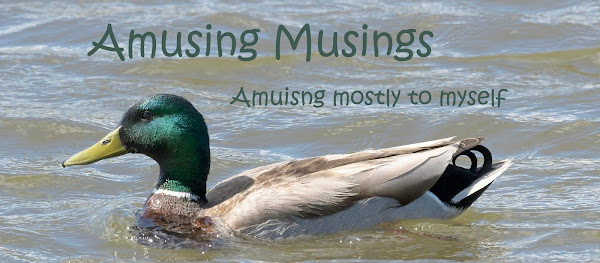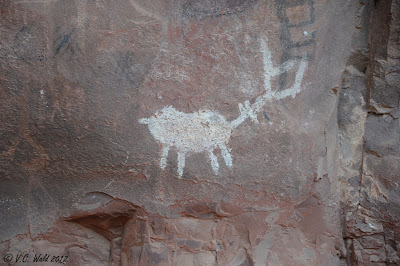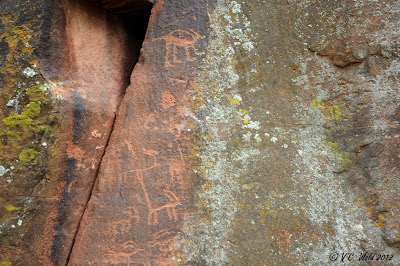I follow some popular music (mostly "dance" music) through my Jazzercise class, and I admit, I have always loved pop with strong, driving rhythms, and even better, good lyrics. I only recently discovered Shakira's brilliant 2009 hit, "Why Wait for Later," but I can vouch it's terrific to move to. Blaring out of my Jazzercise instructor's boom box it's not possible to figure out what the words are, but I was instantly fascinated by the use of Middle-Eastern harmonies, riffs, winds and percussion. I thought, wow, here's a fantastic American-Latina artist brave enough to be influenced by a regional culture that is not so popular in this country now, beautiful and brilliant Shakira. I thought, maybe our more enlightened Middle-Eastern brethren will see this as an invitation to step onto the cultural bridge. Until I read the lyrics, which (not surprisingly) are deeply suggestive. No, not suggestive, let's face it, explicit, in a nice sexy way, perhaps not something most observant Muslims would be comfortable with. But I like it. Hey, "if there are no witnesses, there is no crime." You GO, Shakira!
Drowning in your sweat
'Til I drench my clothes
You've seen nothing yet
Wait 'til you let go.
Why wait for later?
Obey my intuition
We're going to be just fine
I've got a premonition.
Something's coming on, coming on strong
Don't take too long
Don't you wanna know
Baby come home.
One more
Night with you
I won't
Think it through
Time's golden
But you knew
Nothing in the world
You can think of
That I won't do to you.
I'm gonna dance through the veil of your eyes
While you follow my steps and decide
And I see your fate in the palm of your hand.
No one looks, no one hears us this time
It's only me and your conscience tonight
If there are no witnesses, there is no crime.
Why wait for later?
I'm not a waiter.
Why wait for later?
Obey my intuition
We're going to be just fine
I've got a premonition.
Something's coming on, coming on strong
Don't take too long
Don't you wanna know
Baby come home.
One more
Night with you
I won't
Think it through
Time's golden
But you knew
Nothing in the world
You can think of
That I won't do to you.
'Til I drench my clothes
You've seen nothing yet
Wait 'til you let go.
Why wait for later?
Obey my intuition
We're going to be just fine
I've got a premonition.
Something's coming on, coming on strong
Don't take too long
Don't you wanna know
Baby come home.
One more
Night with you
I won't
Think it through
Time's golden
But you knew
Nothing in the world
You can think of
That I won't do to you.
I'm gonna dance through the veil of your eyes
While you follow my steps and decide
And I see your fate in the palm of your hand.
No one looks, no one hears us this time
It's only me and your conscience tonight
If there are no witnesses, there is no crime.
Why wait for later?
I'm not a waiter.
Why wait for later?
Obey my intuition
We're going to be just fine
I've got a premonition.
Something's coming on, coming on strong
Don't take too long
Don't you wanna know
Baby come home.
One more
Night with you
I won't
Think it through
Time's golden
But you knew
Nothing in the world
You can think of
That I won't do to you.

















